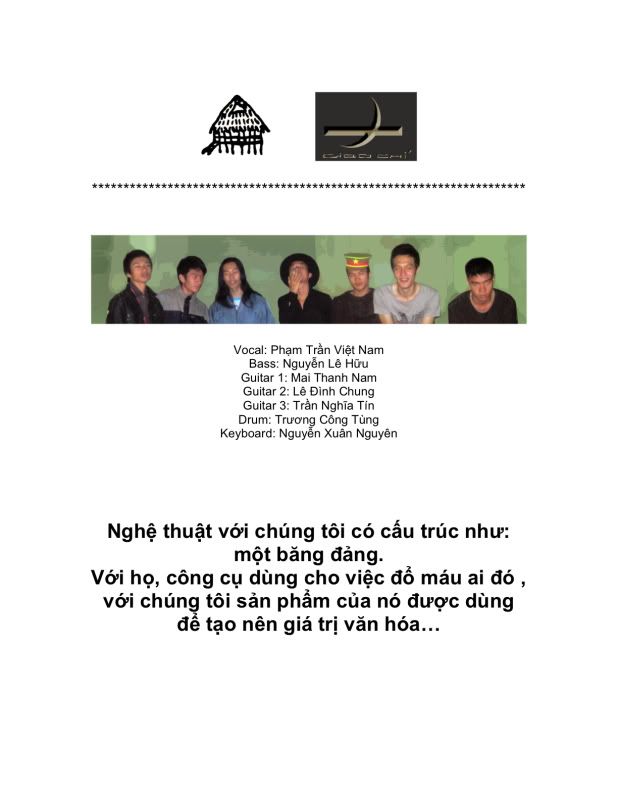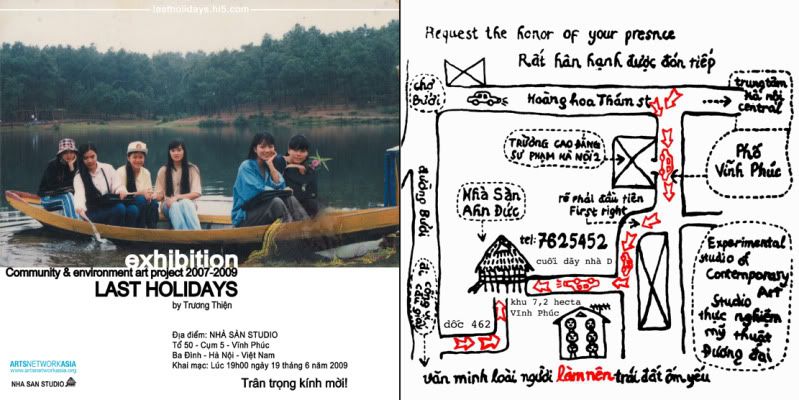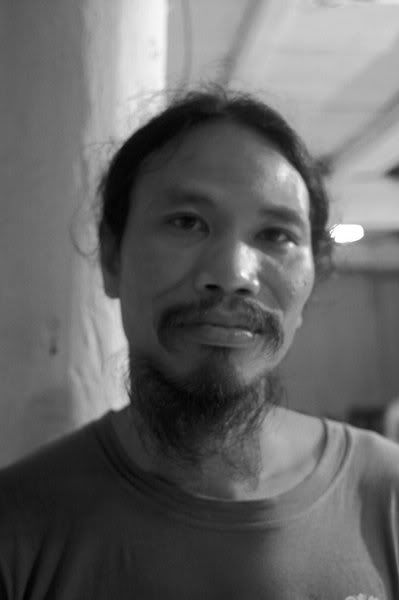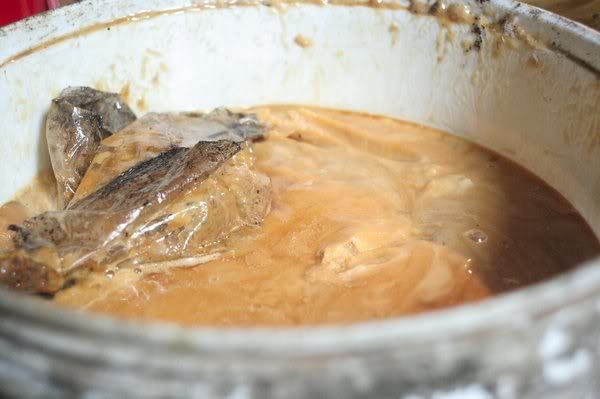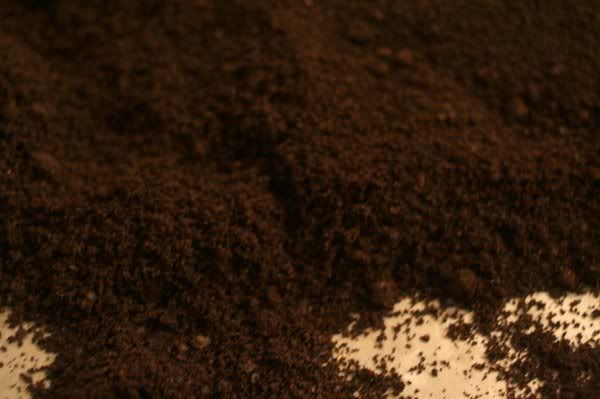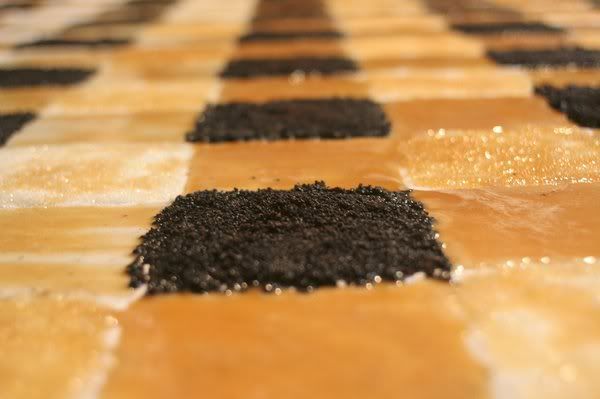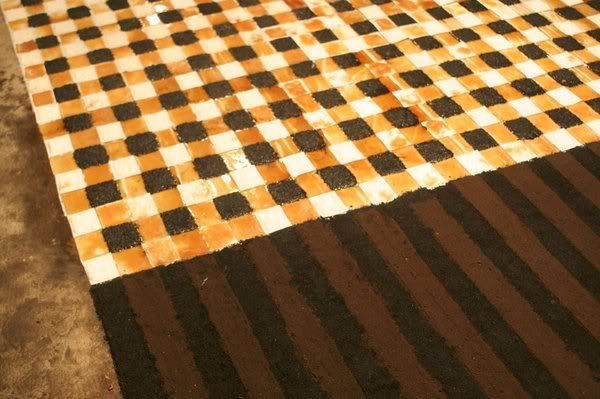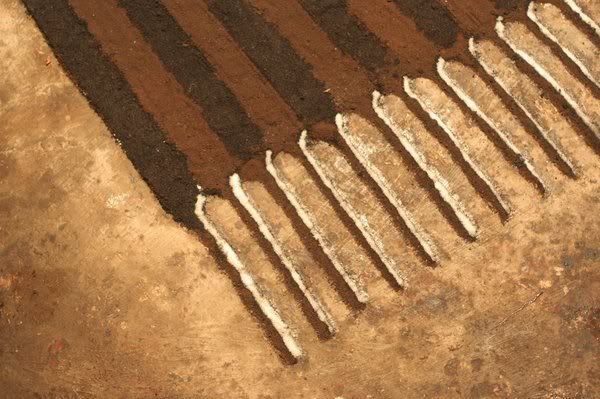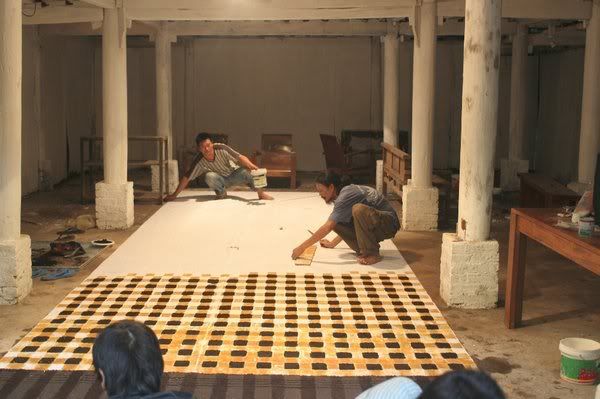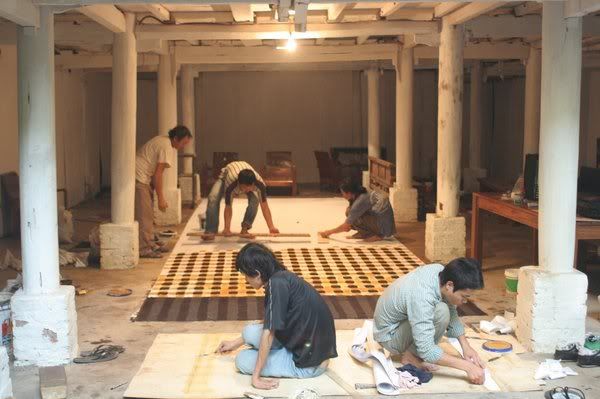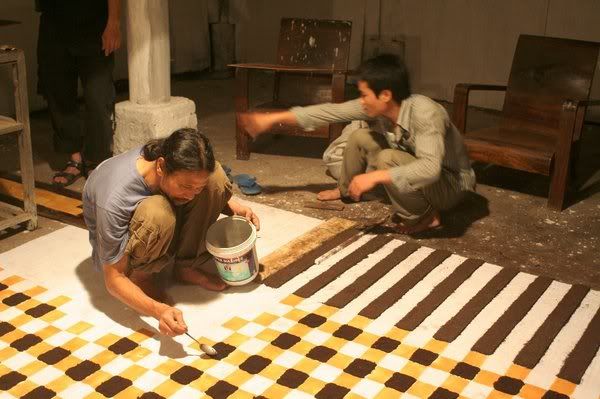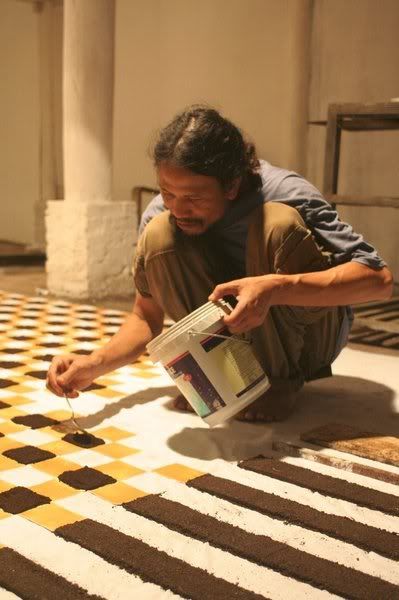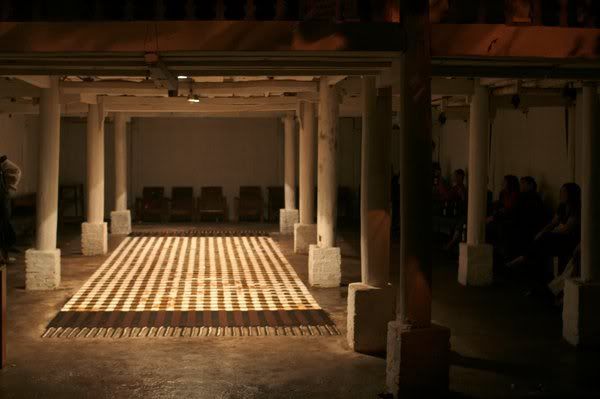Karine Fauchard
Lazar Lyutakov
Michael Weidhofer
“A gap between two houses” is directly taken from the technical drawing of the exhibition space (two combined
traditional vietnamese land houses), the artists have received from the gallery.
Seduced by this expression describing a left over space between two walls with no function neither access, but
still being part of the room structure, a starting point for the show was found. A selection of existing and newly
created works for this specific conditions will be presented. The video work “Museum” by Karine Fauchard
creates a fictional art museum where the exponates are shells, exhibited in their natural environment, a sand
consisting of millions of similar shells. This video work is the result of an improvisation and could be read as an
ironic metaphore of how the art world is functioning. For another work, “The fridge exhibition”, Lazar Lyutakov
invited artists from the viennese art scene aswell as local artists from Hanoi to participate in a group exhibition
taking place in a switched on household fridge.
Participants in “The fridge exhibition”:
Nguyễn Huy An, Hoàng Minh Đức, Marita Fraser, Michael Gumhold,
Bopha Xorigia Lê Huy Hoàng, Leopold Kessler, Alex Lawler,
Maximilian Pramatarov, Phạm Khắc Quang, Maria Stimm.
This show will mark the 5th collaboration of the Vienna based artists.
"Khe hở giữa 2 ngôi nhà" được lấy thẳng từ bản vẽ sơ đồ không gian triển lãm (2 ngôi nhà truyền thống Việt Nam nối với nhau) mà các nghệ sỹ nhận được từ Nhasan Studio.
Bị cuốn hút và ấn tượng với khoảng hở giữa 2 bức tường không có đường vào bên trong nhưng vẫn thuộc cấu trúc của căn phòng, điểm bắt đầu của triển lãm đã được tìm ra. Một số tác phẩm cả cũ, cả mới được lựa chọn giành cho không gian này sẽ được trưng bày. Tác phẩm Video "Museum" của Karine Fauchard tạo ra một bảo tàng hư cấu, nơi đó hiện vật là những vỏ sò, được trưng bày trong môi trường tự nhiên, lẫn trong cát với hàng triệu vỏ sò giống nhau nữa. Tác phẩm video này là một kết quả làm việc ngẫu hứng, được xem như một sự ẩn dụ châm biếm về chức năng của thế giới nghệ thuật ra sao.
Một tác phẩm khác: "triển lãm tủ lạnh" của Lazar Lyutakov. Anh đã mời những nghệ sỹ từ Vienne, cũng như các nghệ sỹ điạ phương tại Hà Nội để tham gia vào triển lãm nhóm được trưng bày bên trong tủ lạnh.
những nghệ sỹ tham gia gồm có:
Nguyễn Huy An, Hoàng Minh Đức, Marita Fraser, Michael Gumhold,
Bopha Xorigia Lê Huy Hoàng, Leopold Kessler, Alex Lawler,
Maximilian Pramatarov, Phạm Khắc Quang, Maria Stimm.
